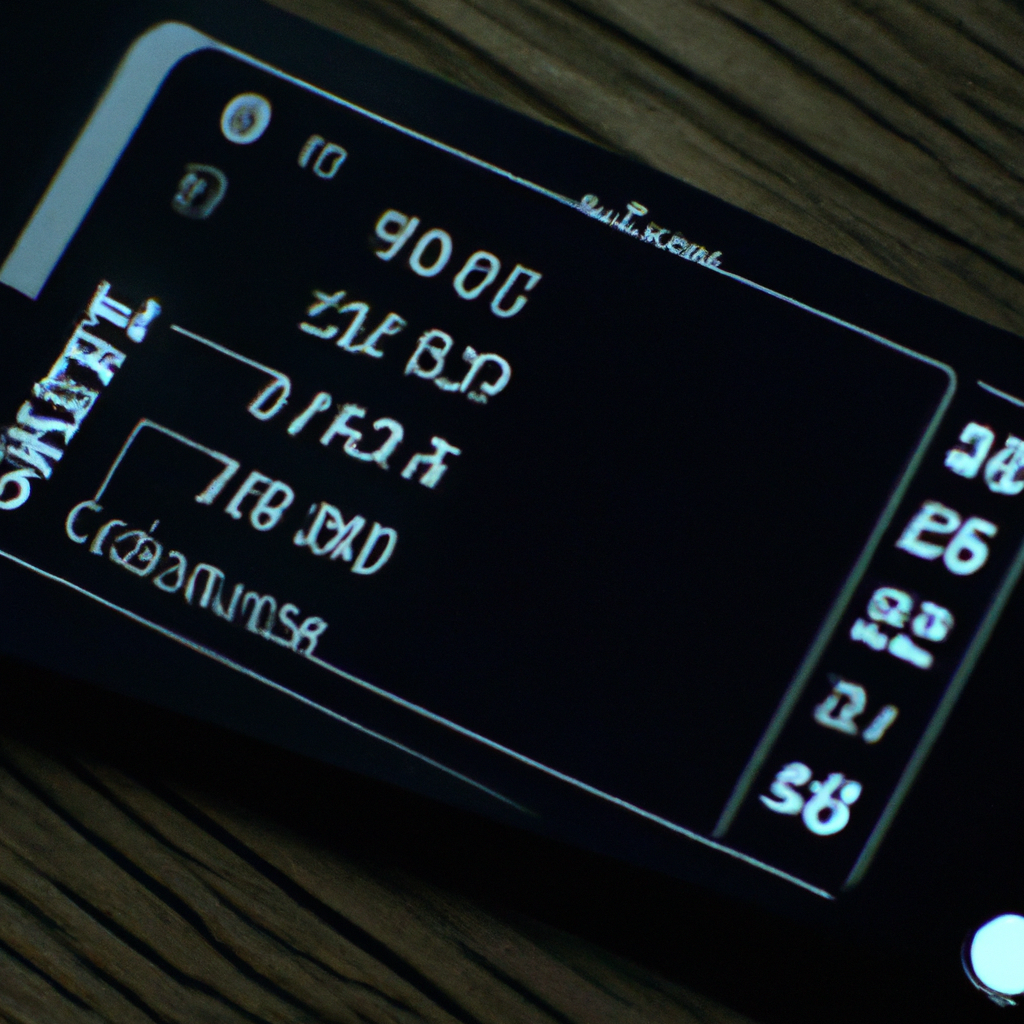Fitness trackers have become an essential part of our fitness routines. They not only help us track our progress but also motivate us to reach our fitness goals. One of the primary features of fitness trackers is their ability to measure calories burned. In this article, we will explore how fitness trackers measure calories burned, the technology behind it, and its accuracy.
How do fitness trackers measure calories burned?

Fitness trackers use a combination of technologies to measure the number of calories burned during physical activity. They use sensors such as accelerometers and heart rate monitors to collect data about the user’s movements and heart rate. This data is then processed using algorithms that take into account the user’s weight, height, age, and gender to estimate the number of calories burned.
The technology behind calorie tracking
Fitness trackers use a variety of sensors and technologies to track physical activity and estimate the number of calories burned. Some of the sensors used in fitness trackers include:
– Accelerometers: These sensors measure the user’s movement and acceleration. They can detect the user’s steps, distance traveled, and speed.
– Heart rate monitors: These sensors measure the user’s heart rate. They can detect the user’s resting heart rate, maximum heart rate, and heart rate during physical activity.
– GPS: This technology tracks the user’s location and distance traveled. It can also provide information about the user’s route and elevation.
– Galvanic skin response sensors: These sensors measure the user’s sweat production. They can detect the user’s level of physical activity and estimate the number of calories burned.
Accuracy of fitness trackers
The accuracy of fitness trackers in measuring calories burned can vary depending on the type of physical activity and the technology used. Generally, fitness trackers are more accurate in measuring activities such as running, walking, and cycling, which involve repetitive movements. They may be less accurate in measuring activities such as weightlifting, which involve more varied movements.
The accuracy of heart rate monitors can also vary depending on the type of activity and the user’s physiology. Some users may have heart rates that are difficult to measure accurately, such as those with irregular heartbeats or pacemakers. Other factors that can affect the accuracy of heart rate monitors include the fit of the device and the user’s skin tone.
Conclusion
Fitness technology, such as activity trackers and wearable technology, has revolutionized fitness monitoring and exercise tracking. The ability to track fitness goals and measure calories burned has made it easier for people to achieve their fitness goals. Fitness trackers use a combination of sensors and algorithms to estimate the number of calories burned during physical activity. While their accuracy may vary depending on the type of activity and technology used, they remain a valuable tool for anyone looking to track their fitness progress.






